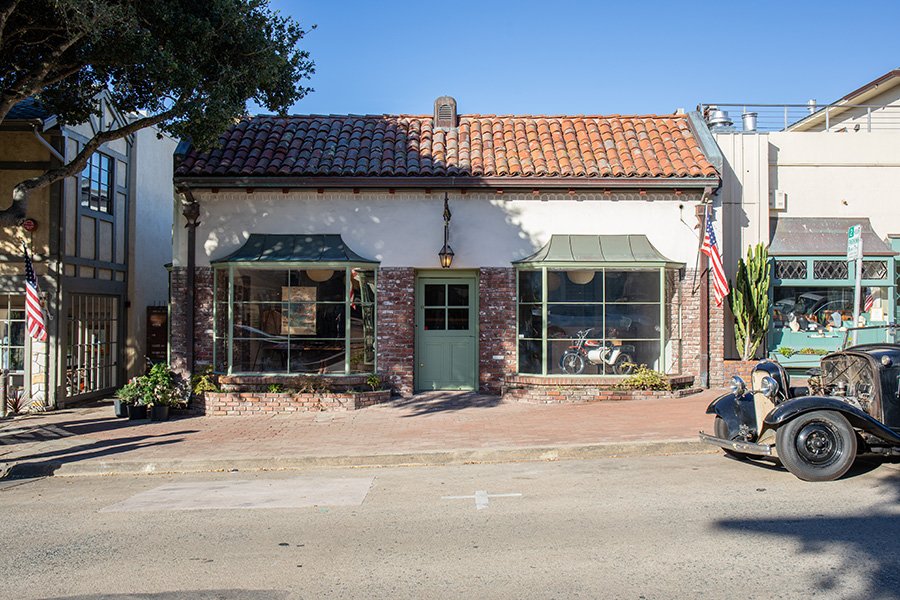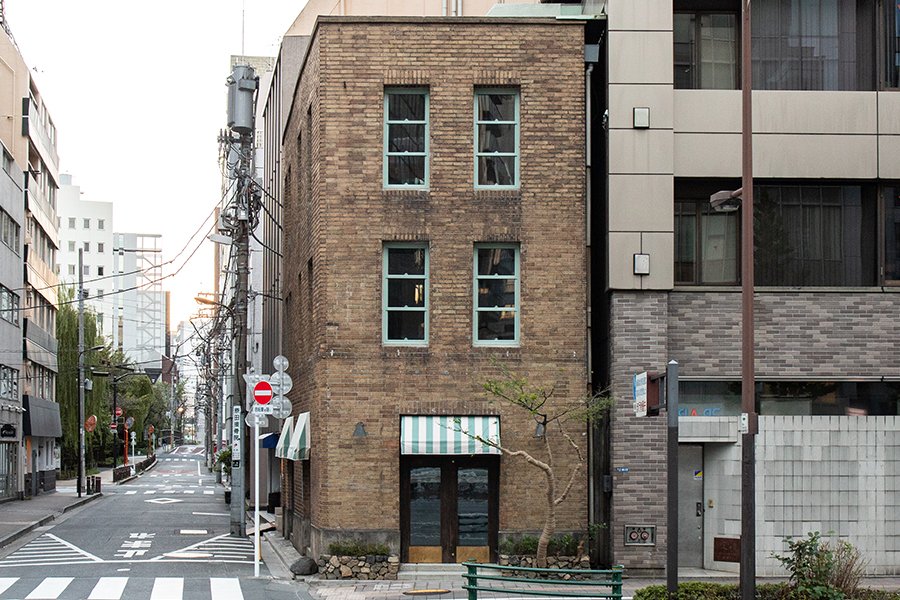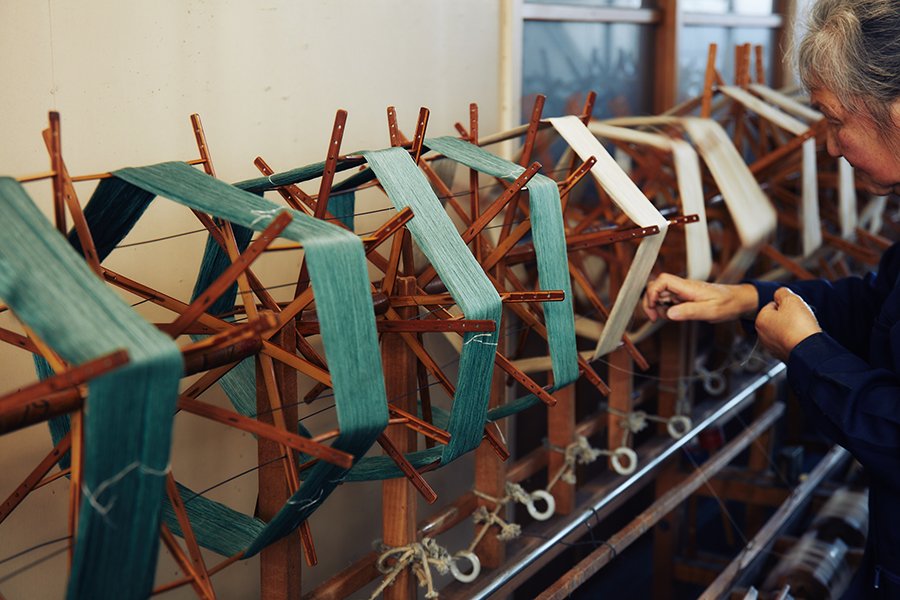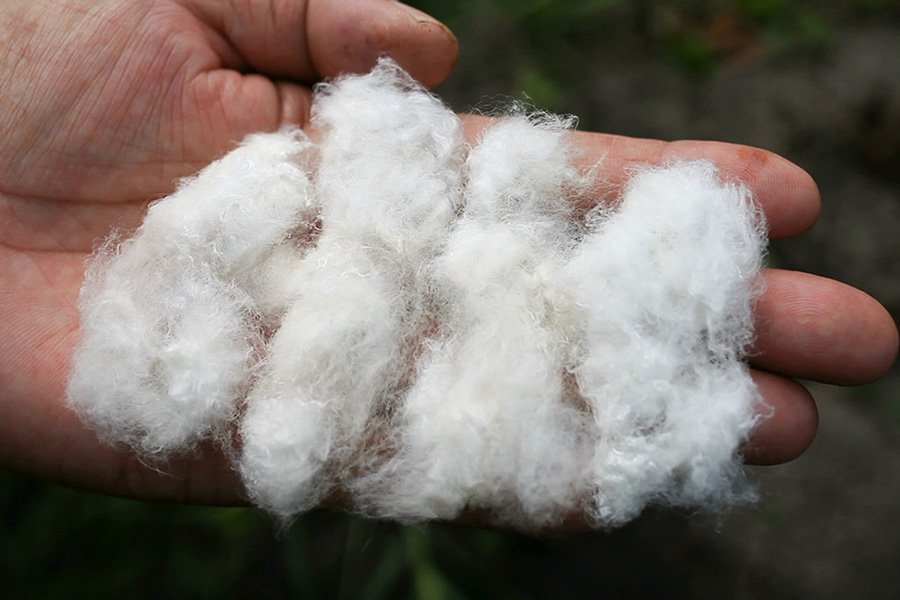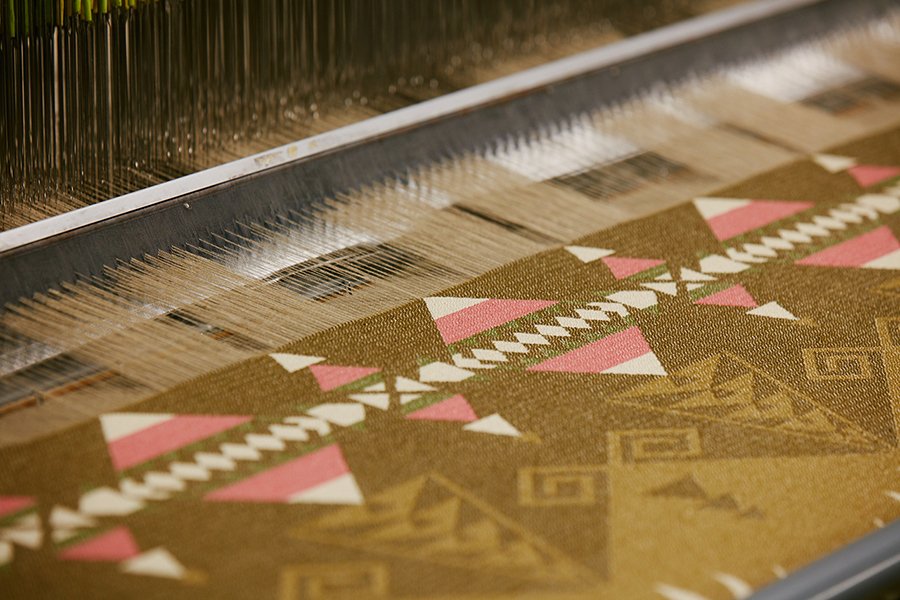Dissertation
Kasezome(Natural Indigo Skein Dyeing)
"Kase-zome" (Skein Dyeing) is a dyeing method that applies the use of indigo and has been practiced in Japan for many years from a long while ago. For this dyeing method the yarn is bundled into a loop form, then soaked in indigo and squeezed to wring out excess dye, followed by exposure to air in order to allow for oxidation, these steps are repeated until the desired color is achieved. With this method the dye is able to penetrate the core of the thread, which creates a deep indigo color that still maintains the original texture of the threads.
| Category: | Material |
|---|
| Date: | 2023.10.17 |
|---|
| Tags: | #aizome #fw23 #kasezome #naturalindigoskeindyeing #productIntrospection #visvim |
|---|
"Kase-zome" (Skein Dyeing) is a dyeing method that applies the use of indigo and has been practiced in Japan for many years from a long while ago. For this dyeing method the yarn is bundled into a loop form, then soaked in indigo and squeezed to wring out excess dye, followed by exposure to air in order to allow for oxidation, these steps are repeated until the desired color is achieved. With this method the dye is able to penetrate the core of the thread, which creates a deep indigo color that still maintains the original texture of the threads.
We deliberated again this time with Kosoen the dye shop in the Ome area of Tokyo that has dyed many of the products developed at visvim for over a decade now about dyeing a wool, linen blended yarn to become a dark, deep indigo color by Kase-zome (Skein Dyeing).
>For more information on indigo dyeing, check the following 「Dissertation: Aizome (Natural Indigo Dyeing)」


As wool is animal based and linen is plant based, naturally the way the dye takes to the two materials is different, therefore it can be difficult to dye them evenly and to create a dark finish that does not leave any visible variations. It starts with a base dye that utilizes an older indigo dye, followed by a step to remove excess components such as oil and silt from the wool. The bundle of threads is then dipped into the indigo while being rotated over and over again inside the vat that holds the dye, the bundle is then pulled out and wrung thoroughly before each strand is quickly fanned out to expose each thread to air. These steps are repeated about 6 to 8 times before a final wash and soaking in lye followed by 4 to 5 days in the sun to be dried out. This detailed step by step process yields a transparent indigo color that leaves no remnants of excess brown tannins.

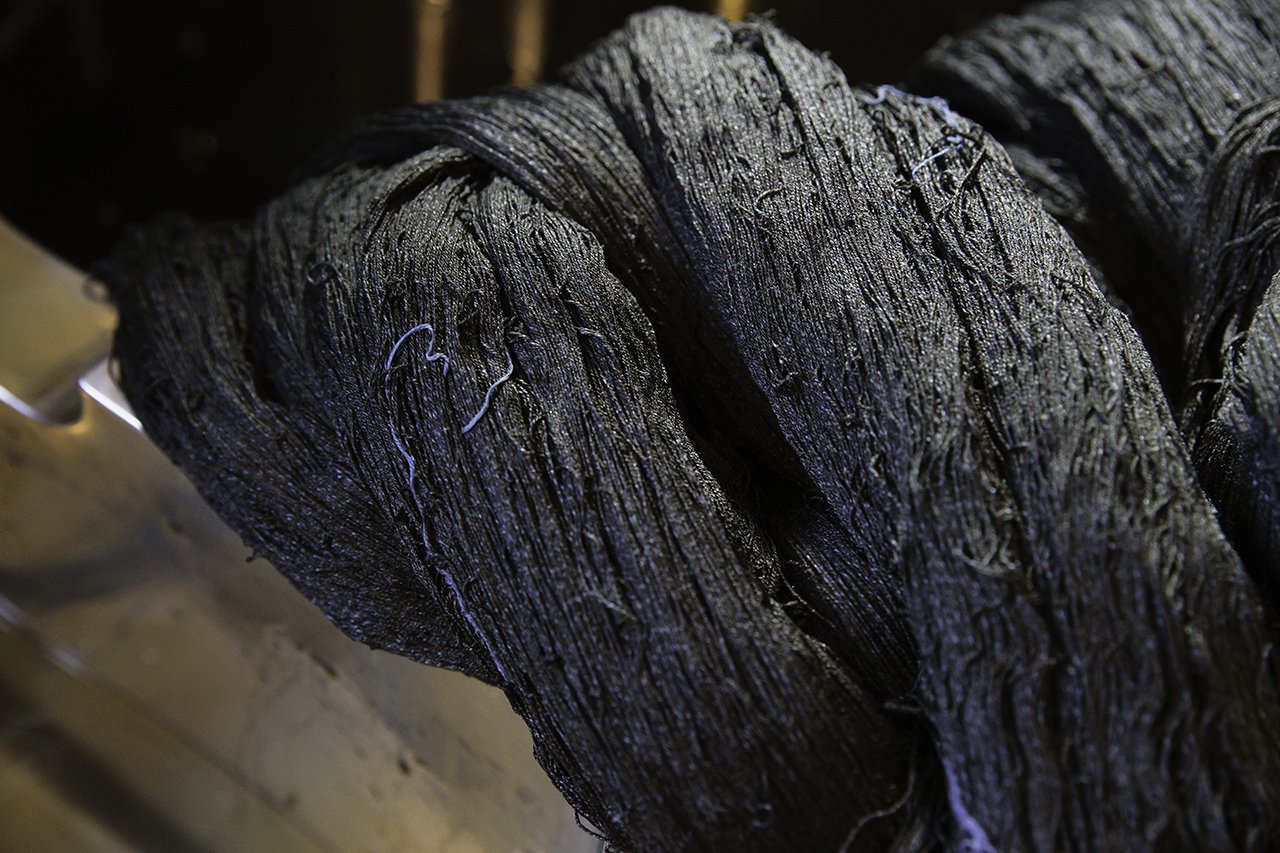
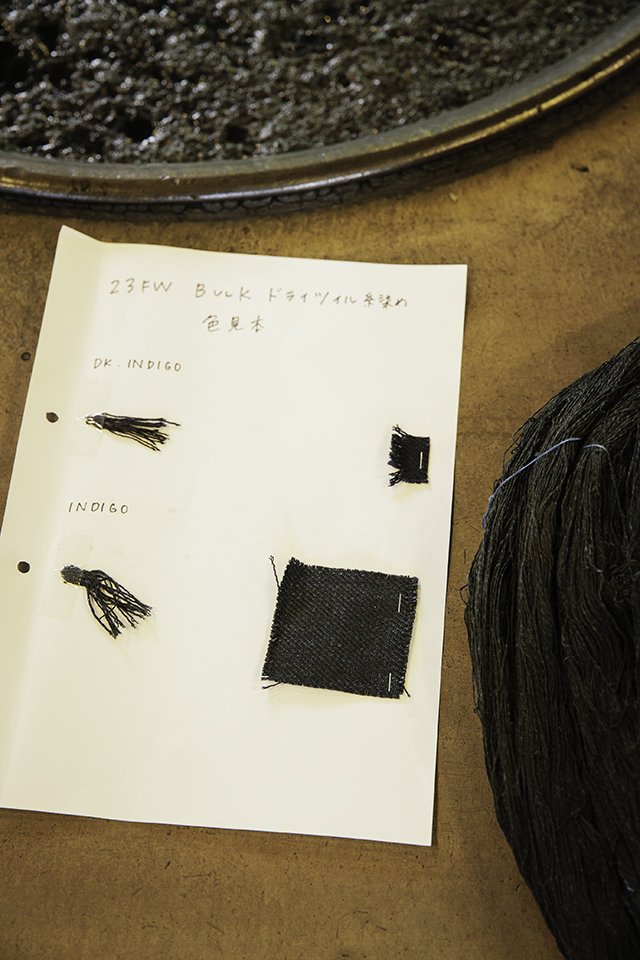
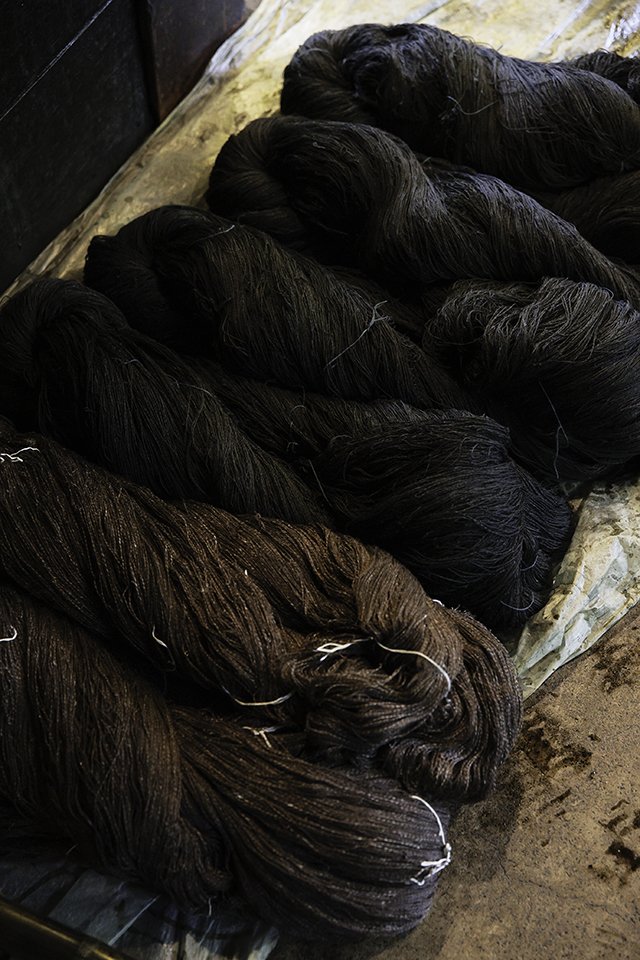
A seasoned craftsman will aim to achieve a uniform color when dyeing by utilizing their wisdom and ingenuity cultivated over many years of work. However, as long as natural materials are naturally dyed it is inevitable for some variation in color to be produced. This slight unevenness in color that is completely unintentional is what gives this kind of finish a profound charm that is so humane. It is our desire here at visvim to continue our work with these kinds of craftsmen who possess such skills so we can continue to explore new ways of making products.


Photo, Movie: Takeshi Abe




